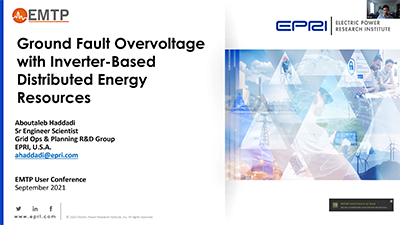Access to EMTP user presentations, webinars, and slide deck presentations.
10 presentations for compensation:
Author(s): Neeraj Patel
Type:Technical Presentation
Date: 2021-09-07
Abstract
For any Power Plant, it is aimed to have maximum Energy Generation and yielding for the Power Output. Solar power plant comprises PV cells, framing array by connecting with each solar panel and then c... see moreonnected with step-up transformer (Inductive element) by cable network (capacitance formed). The energy generated by PV cells are being converted by Solar inverters (Power electronics) and operated at almost Unity Power Factor.
It has been observed that with export of Active energy and increasing output, there is also import of Reactive energy varying with solar generation. The Tariff charges are involved and applicable for Reactive Power Consumption in said solar power plant. Active energy also imported during evening and night hours in absence of solar generation to run critical equipments and trend between active and reactive energy has been observed vice versa.
As per the State Tariff regulations, beneficiary must pay/gets paid for reactive power drawl/supply which is decided and bounded by the system voltage limit (e.g. 97% to 103% of Rated system voltage).
Considering varying MVAR absorption phenomena associated with active power generation and effect of supply voltage, it has been decided to study and model solar generation in EMTP. Different cases have been simulated in EMTP software. Major sources consume Reactive Power identified from modelling and matched observation with actual recorded data. Mitigation technique for reactive power compensation has been studied and modelled. Rating for reactive power compensation source has been validated. Switching phenomena associated with reactive power compensation technique along with voltage profile at different points has also been studied and appropriate rating for switching devices/switchgear has been suggested.
Detail study and simulation results will be shared during presentation.
Tag(s): reactive power, compensation, pv park, inverter
Author(s): Philipp Hackl
Type:Technical Presentation
Date: 2021-09-07
Abstract
In order to control the voltage in distribution and transmission networks shunt reactors can be used for compensation of reactive power. Due to the switching of their inductive currents, unacceptable ... see moreswitching transient voltages might occur which can lead to damage of equipment. Furthermore, the breaker must be able to withstand the transient recovery voltage (TRV), amplitude and rate of rise (RRRV) respectively. One possibility to mitigate these switching transients are so-called RC Snubbers. They have to be dimensioned according to the topology and the values of R and C can be optimized with the PAMSUITE tool. In this presentation the modelling and the results of the TRV due to shunt reactor switching is discussed and the mitigation with RC Snubbers with the help of PAMSUITE is shown.
Tag(s): TRV, PAMSUITE, snubber, switching
Author(s): Neeraj Patel - Adani Power
Type:Technical Presentation
Downloaded: 3
Date: 2021-06-21
Abstract
Unsuccessful auto reclosure has been observed in 765 kV HVAC transmission lines connected with Generation Bus. Back up Impedance Protection of Line reactor triggered during AR dead time due to power f... see morerequency oscillations in faulty phase (disconnected phase). It triggered tripping of Non Switchable Line Reactor at one end, which resulted tripping of 765 kV HVAC Line and avoidable Generation loss.
These Unsuccessful AR operations triggered us to study and model entire phenomena in Power System Analysis software (EMTP).
Initially, two circuits of 765 kV Transmission Line commissioned between Generation Station and Transmission Station with Line Reactor and NGR in both line at either end. Successful auto reclosure observed during single-phase faults on these lines. Intermediate Switching station constructed and both lines were divided in 4 section as per new requirement. Same configuration (rating) of Line Reactor and NGR adopted at newly constructed station on each line. Unsuccessful AR observed during AR running cycle on these lines after new configuration. Backup Impedance protection of Line Reactor found operated during AR Dead time.
Different sets of simulations has been carried out to understand the phenomena:
- Single Phase fault and Auto reclosure in 765 kV Transmission line in different section of entire corridor with Varying Shunt compensation (Value of Line Reactor)
- Different NGR values and observations for above simulations
- Trip the Line Reactor Breaker during Auto Reclosure Phenomena to avoid operation of Backup Impedance protection and its consequences
After EMTP Simulations and study, it was concluded that:
- Line Reactor (Degree of compensation) should be adjusted with adequate value while line length altered from its original design.
- NGR re-sizing can address the issues at some extent. Suitable value of NGR (based on Line Length and amount of shunt compensation) should be employed
Appropriate Solution and mitigation suggested after detail simulation & study.
Tag(s): single pole, analysis, auto reclosure, line reactor
Author(s): Sofía Aparicio, Andrea Pizzini, Nicolás Morales - UTE
Type:Technical Presentation
Date: 2021-06-21
Abstract
In order to obtain the distances required to perform live working maintenance on the Uruguayan transmission network under secure conditions, electromagnetic transient (EMT) studies are conducted to ob... see moretain the maximum switching overvoltage that can be found in 500-150 kV transmission network. Two different approaches were considered for these studies. On one hand, a simple approach is used, analyzing line switching transients on simplified two line network models. On the other hand, a detailed approach is considered, analyzing line switching overvoltage transients on a complete network model.
This complete model considers 500 kV and 150 kV overhead lines, 500/150 kV transformers, cables, reactive power shunt compensation, hydraulic and thermal generators. Electromagnetic transient studies and the complete network model are performed in EMTP software. Finally, a comparison between the results obtained considering each approach is performed.
Author(s): Ulas Karaagac
Type:Technical Presentation
Date: 2020-12-11
Abstract
<p>This presentation presents a research on static synchronous compensator (STATCOM) integration into a doubly-fed induction generator (DFIG) based wind park (WP) in order to fulfill the... see more grid code requirement for power factor control. The STATCOM impact on the WP high voltage ride-through (HVRT) capability is also analysed.</p><p>The WP HVRT capability is assessed by analyzing the responses to a parametric voltage waveform. The external system is represented by a Thevenin equivalent. The pre-described voltage waveforms are applied to the Thevenin source in order to assess the conformity of the HVRT capability to Hydro-Quebec specifications. An actual WP is considered where the simulation model includes all details regarding collector grid and overvoltage protection. The simulations consider various wind turbine (WT) and medium voltage (MV) feeder outage scenarios as well as STATCOM usage for reactive power compensation. A transient function is also proposed for the STATCOM to improve the WP HVRT capability. The simulation results demonstrate that, STATCOM usage provides a noticeable improvement in HVRT capability of the WP, especially with the proposed transient function.</p>
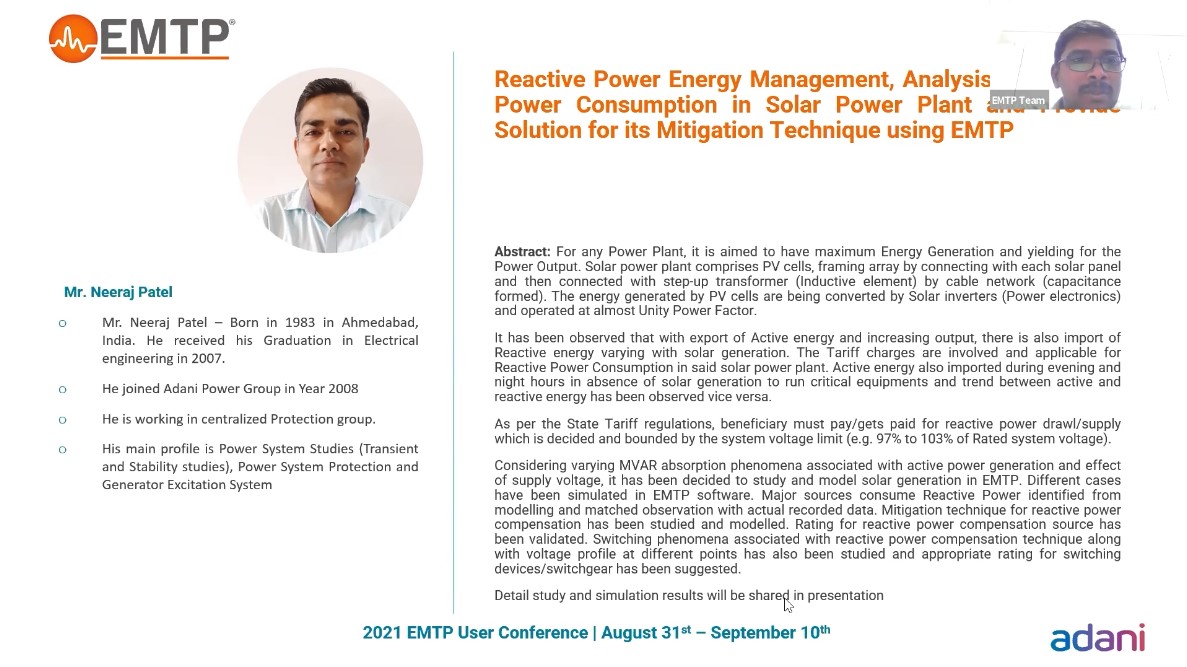
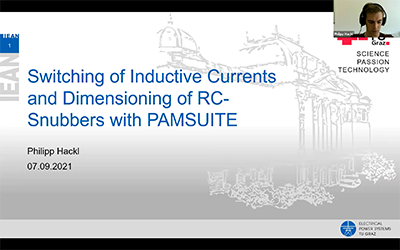

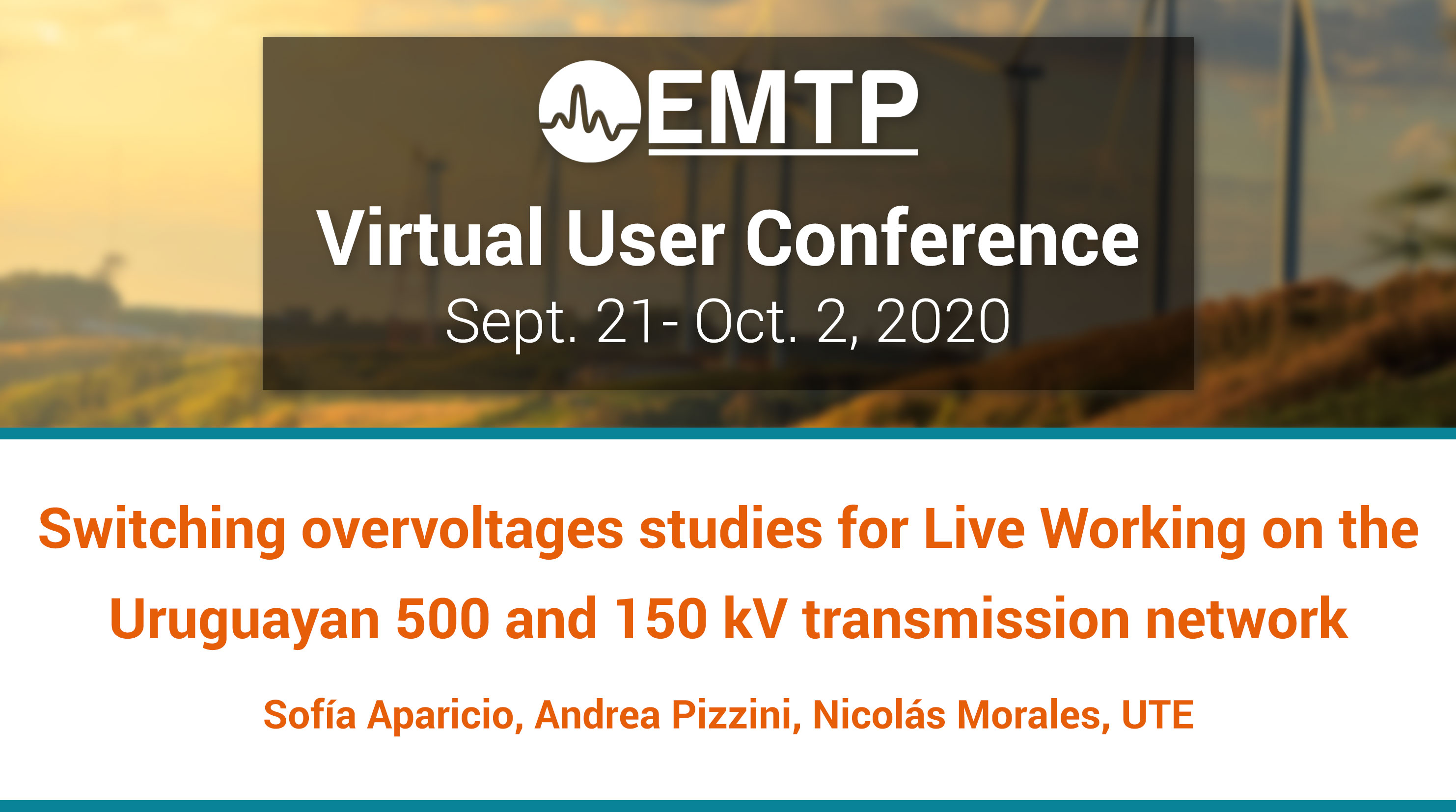
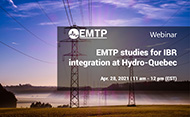
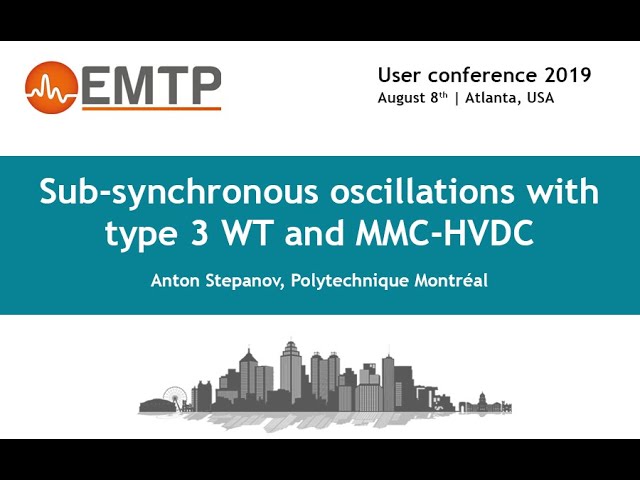
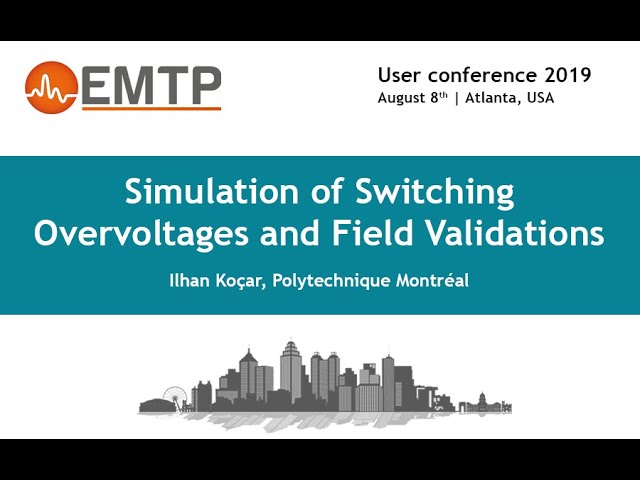
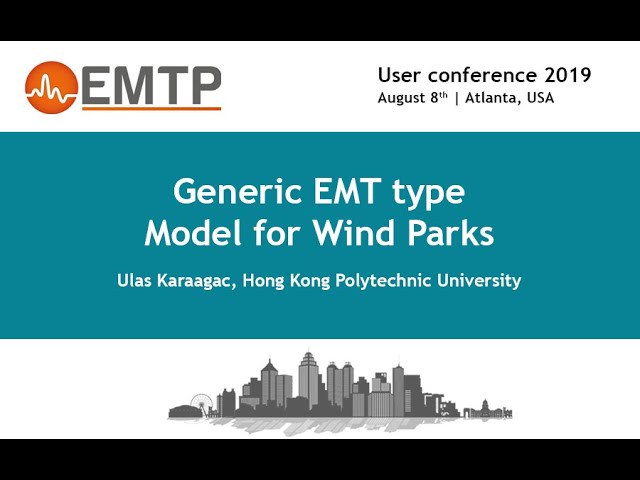
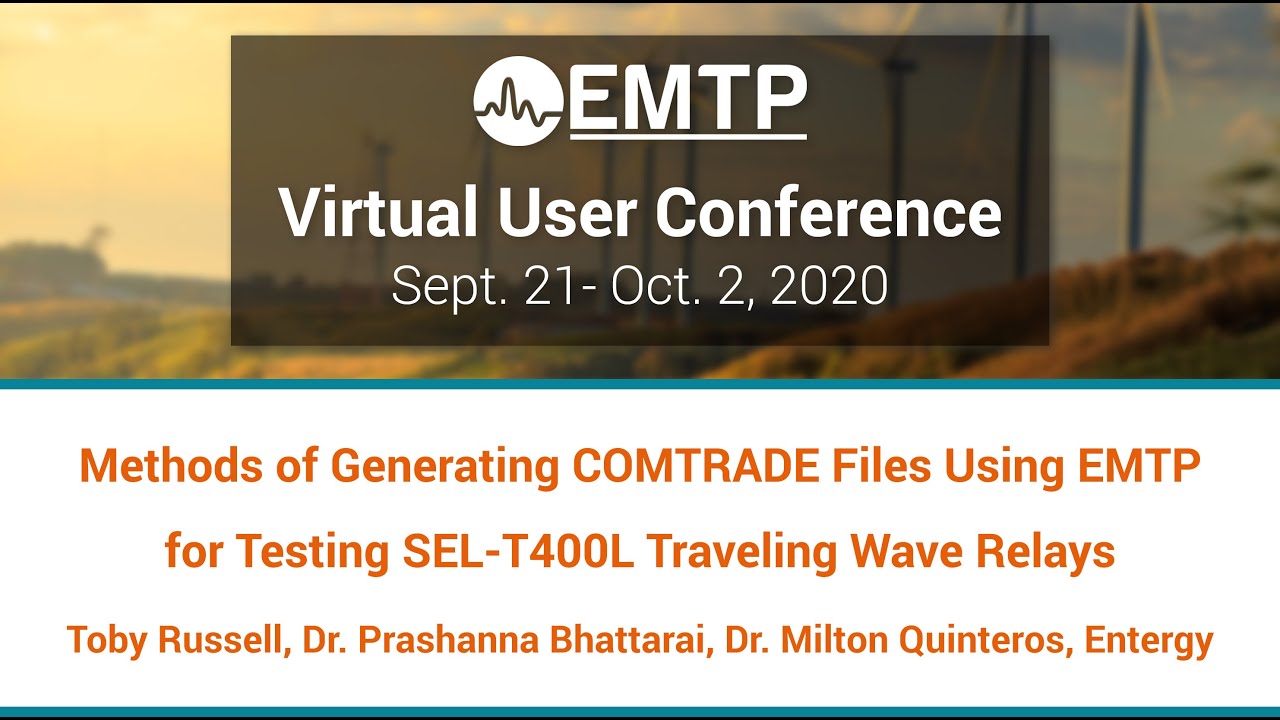
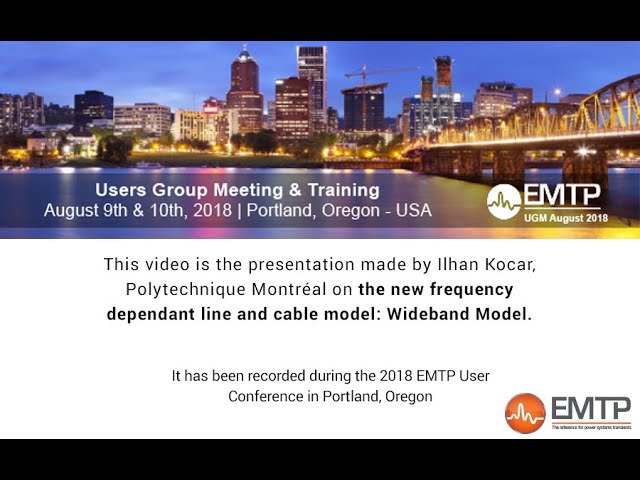
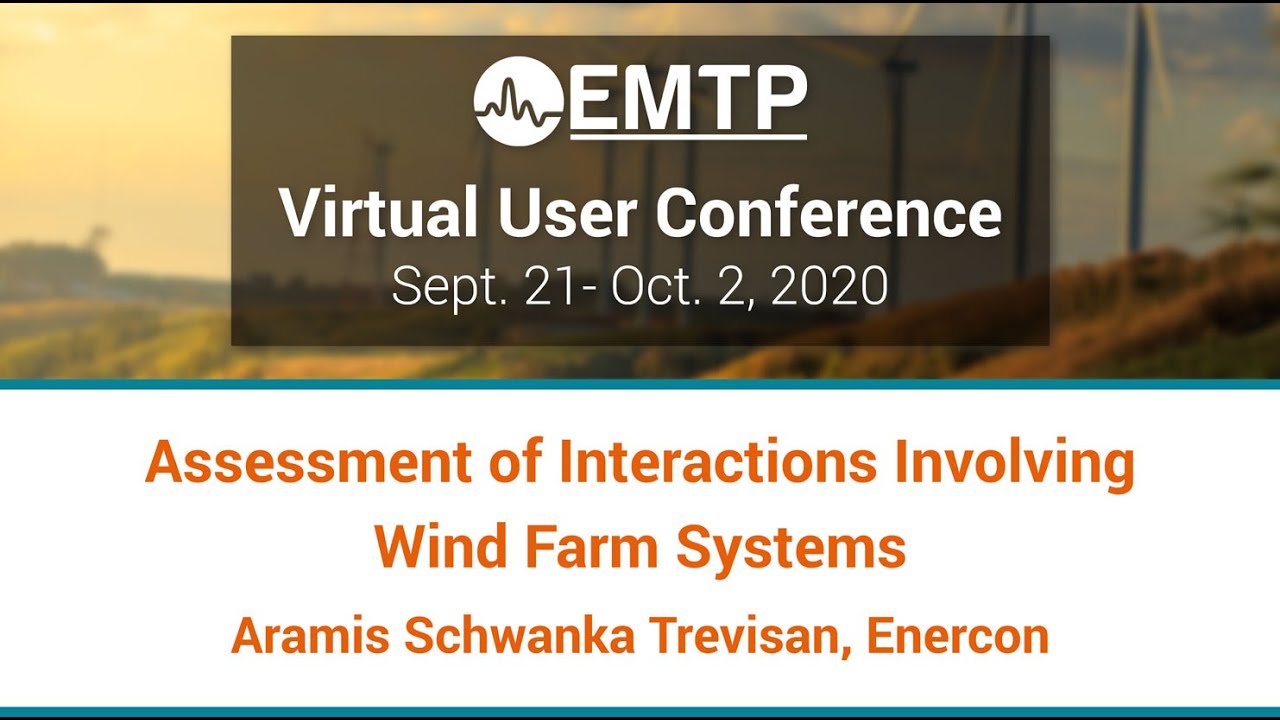

![[R&D]_EMTP : Recherche et développement [R&D]_EMTP : Recherche et développement](https://www.emtp.com/system/files/imagecache/presentation/slide1_1.jpg)

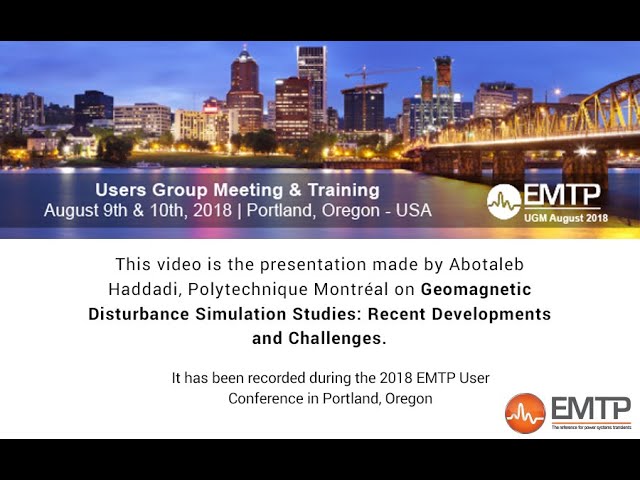
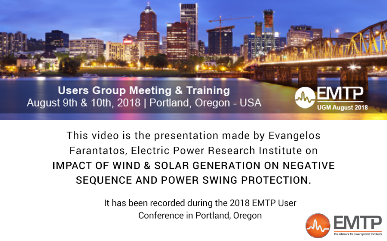
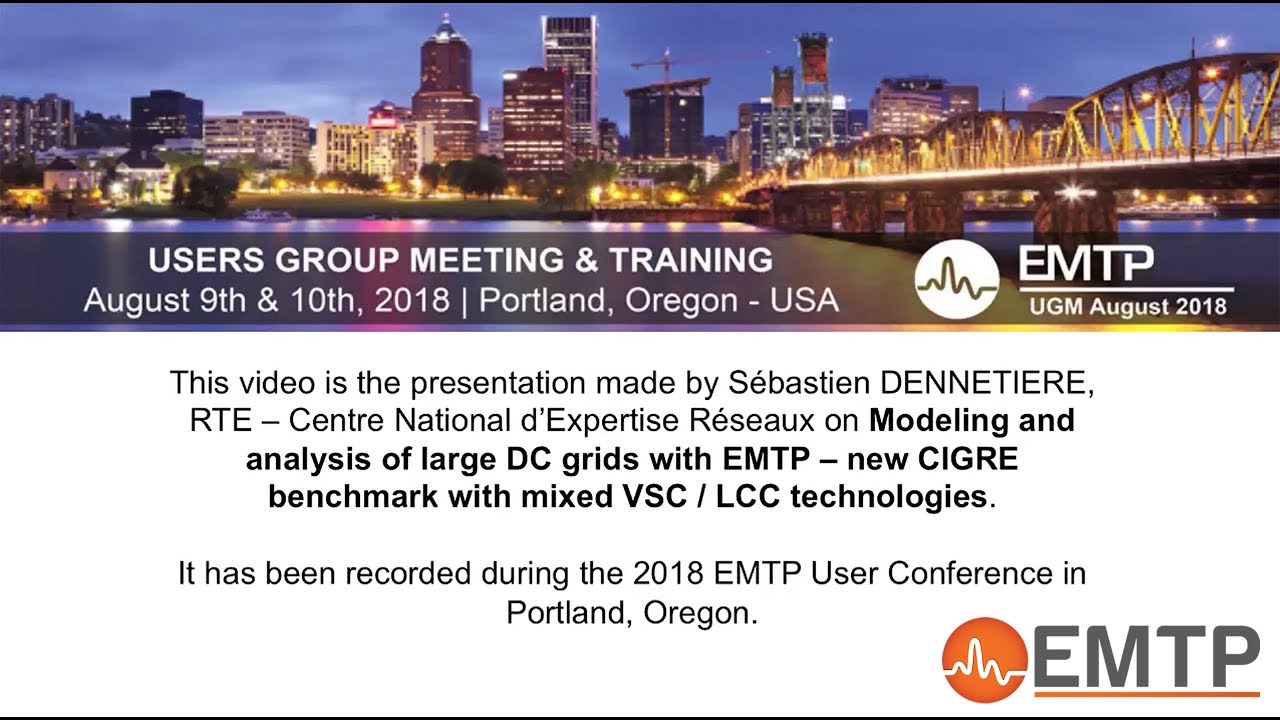
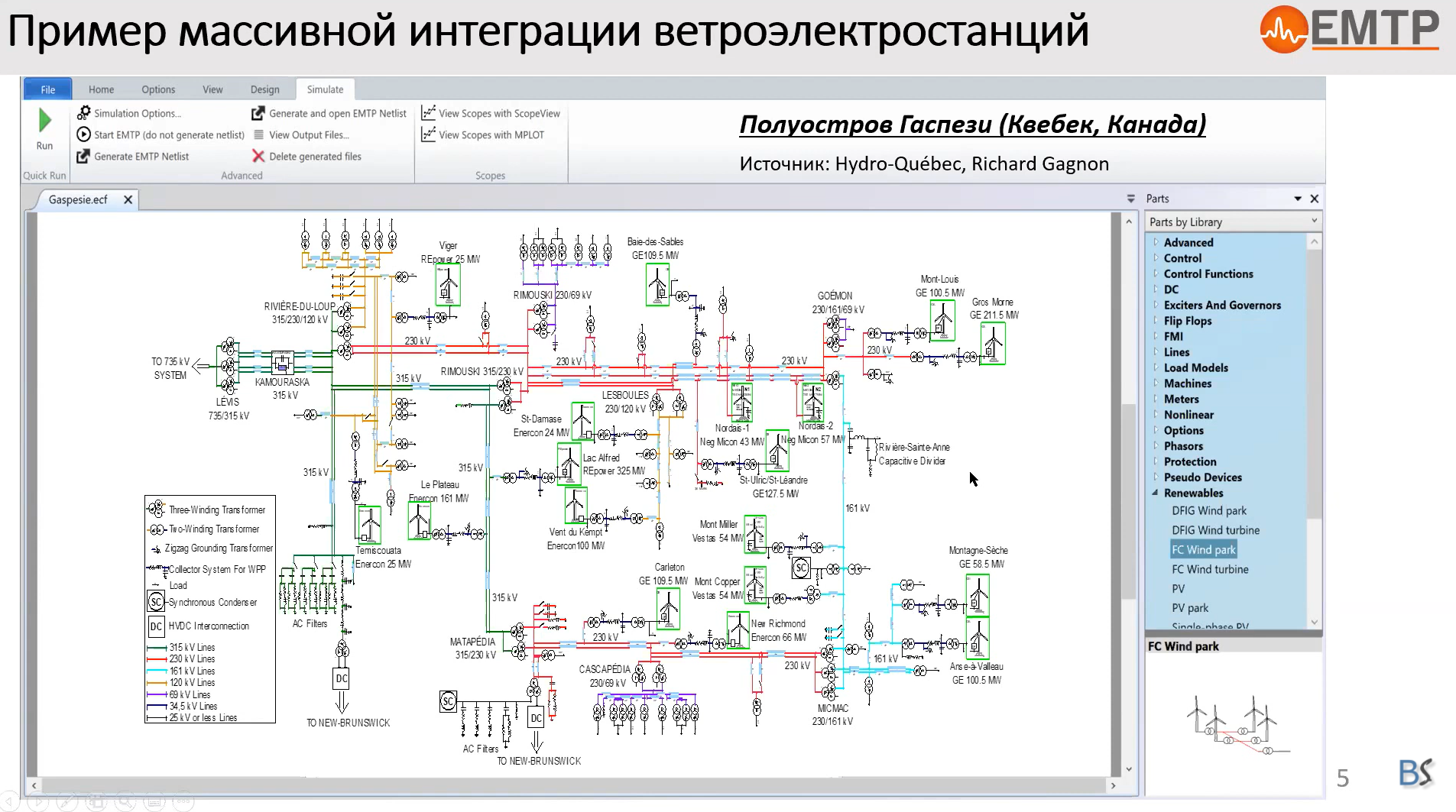
![[Protection_Devices]_Étude des courants coupés par les sectionneurs de changemen [Protection_Devices]_Étude des courants coupés par les sectionneurs de changemen](https://www.emtp.com/system/files/imagecache/presentation/TechnicalPresentation1.jpg)
